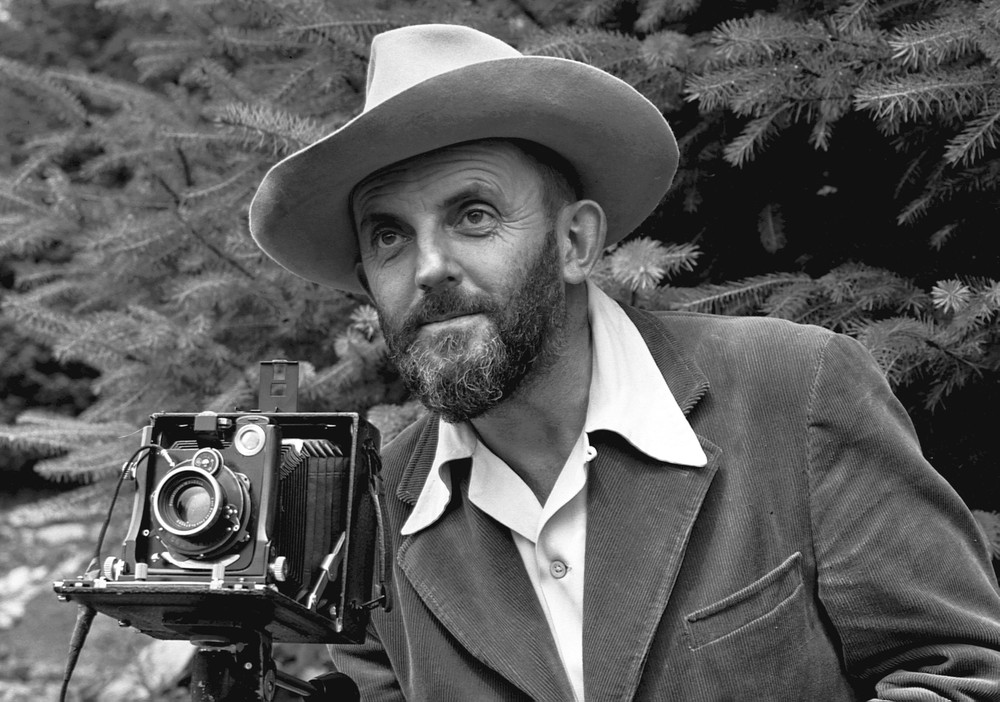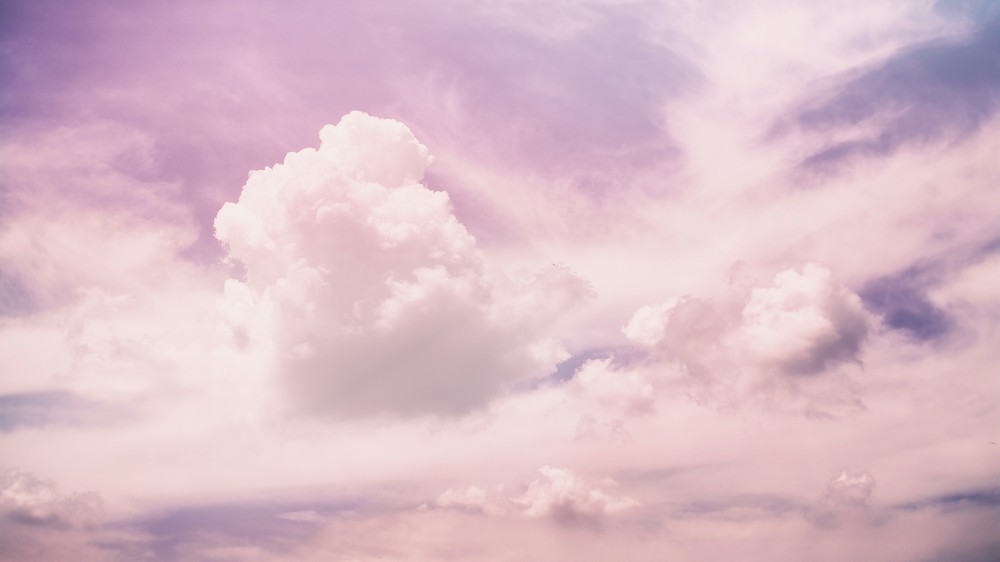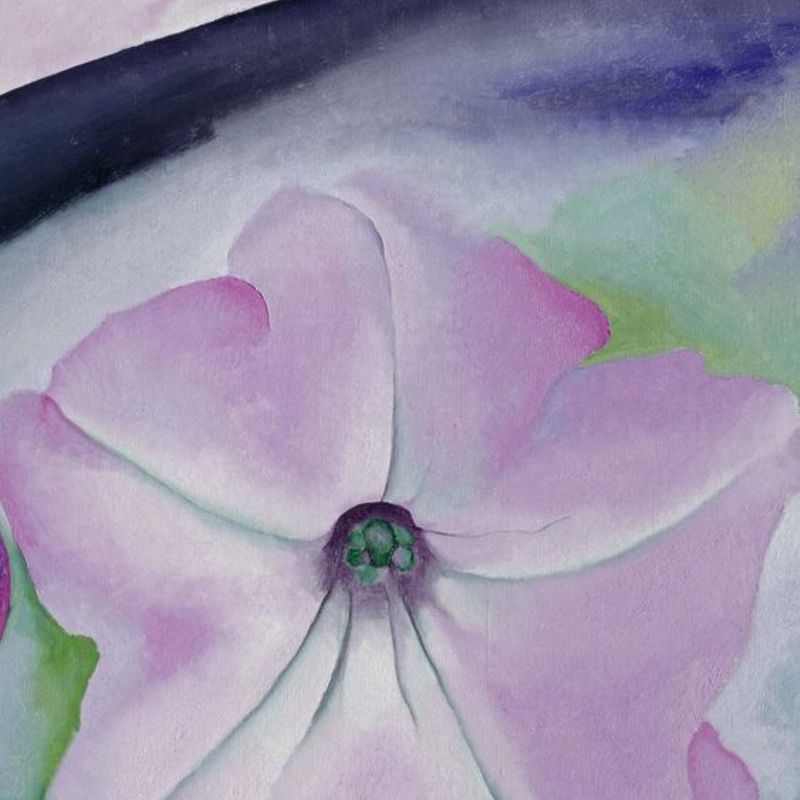
Alfred Stieglitz
Alfred Stieglitz was instrumental in introducing European Modernism to the United States and also establishing photography as a recognized art form. Born in New Jersey, he became interested in photography whilst studying engineering in Germany. Having dedicated himself to the new medium on his return to America in 1890, between 1903-17 he edited the pioneering publication Camera Work. He also opened Gallery 291 in 1905, championing both the Photo-Secessionist Movement and American painters such as Georgia O’Keeffe (whom he later married in 1924). Perhaps most importantly, he mounted a series of solo-exhibitions of international avant-garde painters, such as Matisse and Toulouse-Lautrec, introducing an American public to their work for the first time. Stieglitz later opened the Intimate Gallery (1925-9), followed by An American Place (1929-46). A hugely important photographer in his own right, his work was notable for its innovative use of tone, composition, texture and abstraction.
Editorial (5)

Stieglitz and O'Keeffe: A Love Story
Who doesn’t love a good, passionate love story? And when that story includes two of the most influential artists of the 20th…

How Ansel Adams Found His Shot
Few artists influence their medium of choice like Ansel Adams came to influence photography. This is, of course, in large pa…

Remembering I.M. Pei, the Allure of New Mexico & More
Each week, we scour the internet for the most significant, surprising, and outrageous art news—helping you stay informed (an…
Playlists (6)



"Purple Haze"



George Eastman Museum: Curated Picks
Related artists

Paul Sérusier
French, 1864–1927
Georgia O'Keeffe
American, 1887–1986